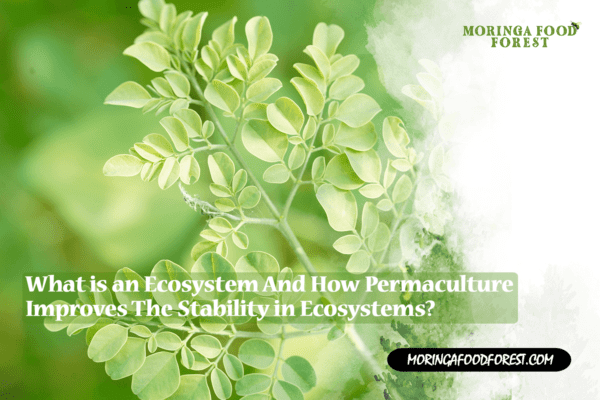
You may have heard the word ecosystem quite often, especially when there is a talk on how pollution impacts the environment. But what exactly is an ecosystem, and how is the ecosystem harmed? If it’s harmed, is it only because of human beings?
Keep reading this article to get all the answers.
What is an ecosystem?
The term “Ecosystem” was composed by an English botanist, A.G. Tansley, in 1935. An ecosystem has a community of organisms enclosed together within their physical environment.
The ecosystem structure comprises two main components such as biotic or living components and abiotic or non-living components.
Every component in an ecosystem directly or indirectly depends on every other factor and is chained together.
Ecosystems can either be very small or very large and can be terrestrial, aquatic, or marine. If the ecosystem has a rich biodiversity, it will be more stable with greater resistance and resilience despite its harm.
What are the functions of an Ecosystem?
The ecosystem regulates essential ecological processes, supports life systems, and renders stability.
It cycles the nutrients between biotic and abiotic components.
Maintains a balance between the different trophic levels in the ecosystem.
Cycles the minerals through the biosphere.
Overall, the functional components of an ecosystem enhance productivity, decomposition, energy flow, and nutrient cycling.
How does the ecosystem maintain itself?
The ecosystem works on its own and maintains itself. For instance, plants clean air and filter water, bees pollinate flowers, bacteria decompose wastes, and tree roots hold the soil and prevent erosion. These processes combined make ecosystems clean, functional, resistant, and grow resiliently.
How are ecosystems killed?
For thousands of years, people have interacted with ecosystems. But humans have started to destroy ecosystems easily. We create pollution through our lifestyle, overuse our naturally available resources, exploit them and create an imbalance in the ecosystem.
Did you know that between the years 2000 to 2013, atleast 1.9 million square kilometers of undisturbed ecosystems were already lost? And 58.4% of Earth’s land ecosystems are under moderate or intense pressure due to human activity.
Simply put, factors such as habitat change, climate change, overexploitation, invasive species, and pollution can kill ecosystems.
Here’s another quick example of how threatening ecosystems affect us.
The wetlands in the US play an important role in balancing the ecosystems. But if it’s threatened, it will directly affect us.
For instance, more than 50 percent of wetlands in the US have been lost already, which is a serious issue. Because many types of fishes on which we rely on food have atleast part of their life cycle happening in the wetland habitats. Besides, these wetlands act as a natural filtration system, store large amounts of carbon, and many such benefits. Now that 50% has already gone, this will impact recreation and biodiversity.
How does permaculture help retain the diversity and stability of ecosystems?
Humans create various methods to develop a sustainable future. But among others, permaculture offers a more valuable lifestyle for human beings by balancing the ecosystems.
Permaculture is a robust framework designed to utilize the land, resources, people, and environment in a manner that doesn’t produce any waste and disturb the ecosystem. Thus it helps retain the diversity and stability of ecosystems.
You may have had this question, how the tribals survived in harmony with the ecosystem? The answer is simple. Tribals were dependent on natural resources for their survival. So, as a rule of thumb, tribals followed environmental conservation rules in harvesting edible plants without destroying or disturbing the ecosystem. Permaculture is a better version of this practice.
Final words
The threat to the ecosystem can directly affect human beings. So we must be more cautious and tune our behavior better toward nature and its systems. Permaculture’s main idea is to work with nature rather than against it and ensure sustainable living in the best possible way.